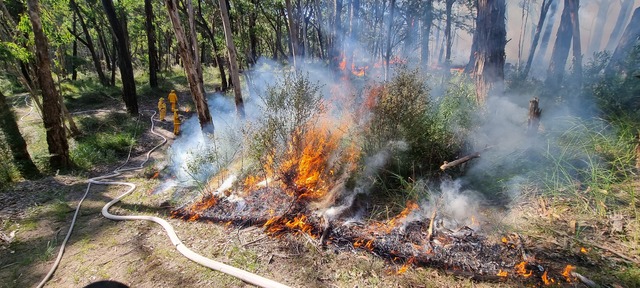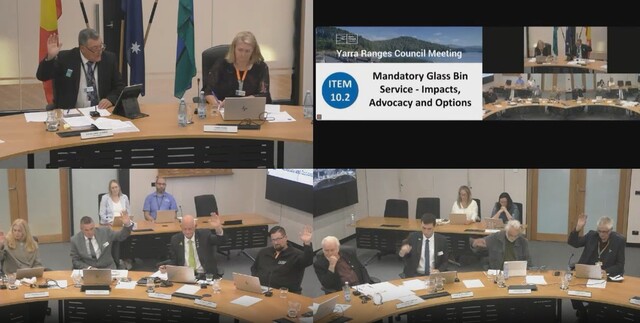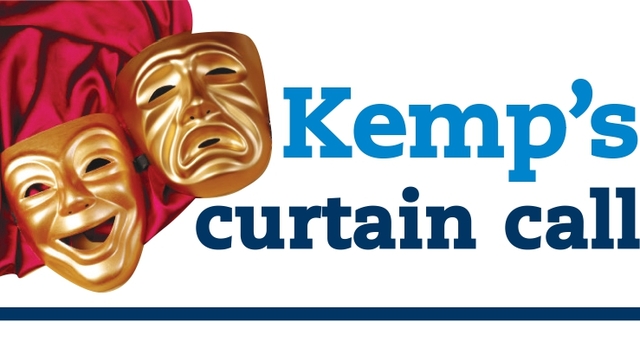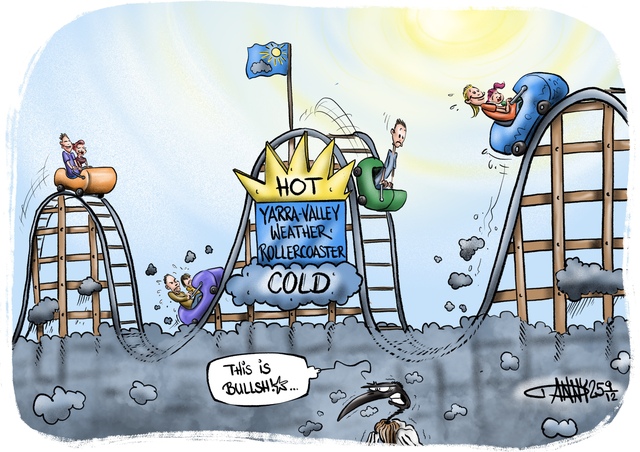With fire restrictions easing in some parts of the State, and calm autumn conditions, hundreds of private, agricultural and planned burns are expected to take place in the coming weeks.
While current conditions are ideal for burning, weather patterns may cause smoke to linger over parts of the state overnight and through to early morning.
FFMVic Chief Fire Officer Chris Hardman said it was crucial fire agencies took advantage of favourable conditions when they presented.
“Planned burning on public land is one of the tools FFMVic uses to keep Victoria safer from bushfires,” Mr Hardman said.
“While we burn to the conditions not the calendar, autumn generally gives our crews more opportunities to conduct planned burns as the weather is more stable and fire behaviour is manageable and generally predictable.
“With the current favourable weather and forest conditions, we are dedicating all available resources to deliver planned burning.
“Reducing fine fuels such as grass, leaves, bark, shrubs and fallen branches means fires are less intense and slower to spread, making it more likely that firefighters can keep bushfires small and contained before they pose a risk to communities.
“Smoke can be a result of private resident or agricultural burns, chimney smoke or planned burns. We work closely with and use information from the Environment Protection Authority (EPA) and Bureau of Meteorology to keep the smoke impact from planned burns as low as practically possible and inform the community while delivering the program.
“Victorians can also sign up for planned burn notifications to prepare for any impact on their health or activities.”
CFA Chief Officer Jason Heffernan is urging Victorians to research and understand permit requirements before conducting private burn-offs.
“While the Fire Danger Period has ended in a few areas, it remains in place across the majority of Victoria.
“It’s your responsibility to know what restrictions are in place so if you’re in doubt, you can find out what you can and can’t do during a Fire Danger Period by referring to the Can I or Can’t I? page of the CFA website.
“We have seen a number of private burns escape over recent weeks so if you do intend to conduct a planned burn you will need to apply for a permit and ensure that all burning activities comply with the permit prescriptions and requirements”
Victoria’s Chief Environmental Scientist Professor Mark Patrick Taylor said EPA understands smoke from any source, including planned burns and private burn-offs can cause health concerns.
“Be prepared by watching for FFMVic planned burn notifications and by checking the air quality for your area through our EPA’s AirWatch air monitoring system,” Professor Taylor said.
“Your nose is also an excellent smoke detector. If you can smell smoke, take the necessary precautions to protect your health.”
For the latest information about when and where planned burns are happening near you, visit https://plannedburns.ffm.vic.gov.au/ .
Detailed information about current air quality throughout Victoria can be found on EPA’s website.
If you see or smell smoke outside, you should reduce your exposure to smoke by staying indoors and closing your windows and doors – but only if it’s safe to do so. Tips for looking after your health when there is smoke can be found on EPA’s ‘Smoke and your health’ webpage – www.epa.vic.gov.au/for-community/environmental-information/air-quality/smoke/smoke-your-health.
Keep your burn off safe and legal:
Check fire restrictions in your area and always register your burn at www.firepermits.vic.gov.au or by calling 1800 668 511
Check and monitor weather conditions – particularly wind
To avoid unnecessary calls to emergency services, notify your neighbours beforehand
Leave a three-metre fire break, free from flammable materials around the burn
Have sufficient equipment and water to stop the fire spreading
Never leave a burn-off unattended – stay for its entire duration
If your burn-off gets out of control, call ‘000’ immediately.







